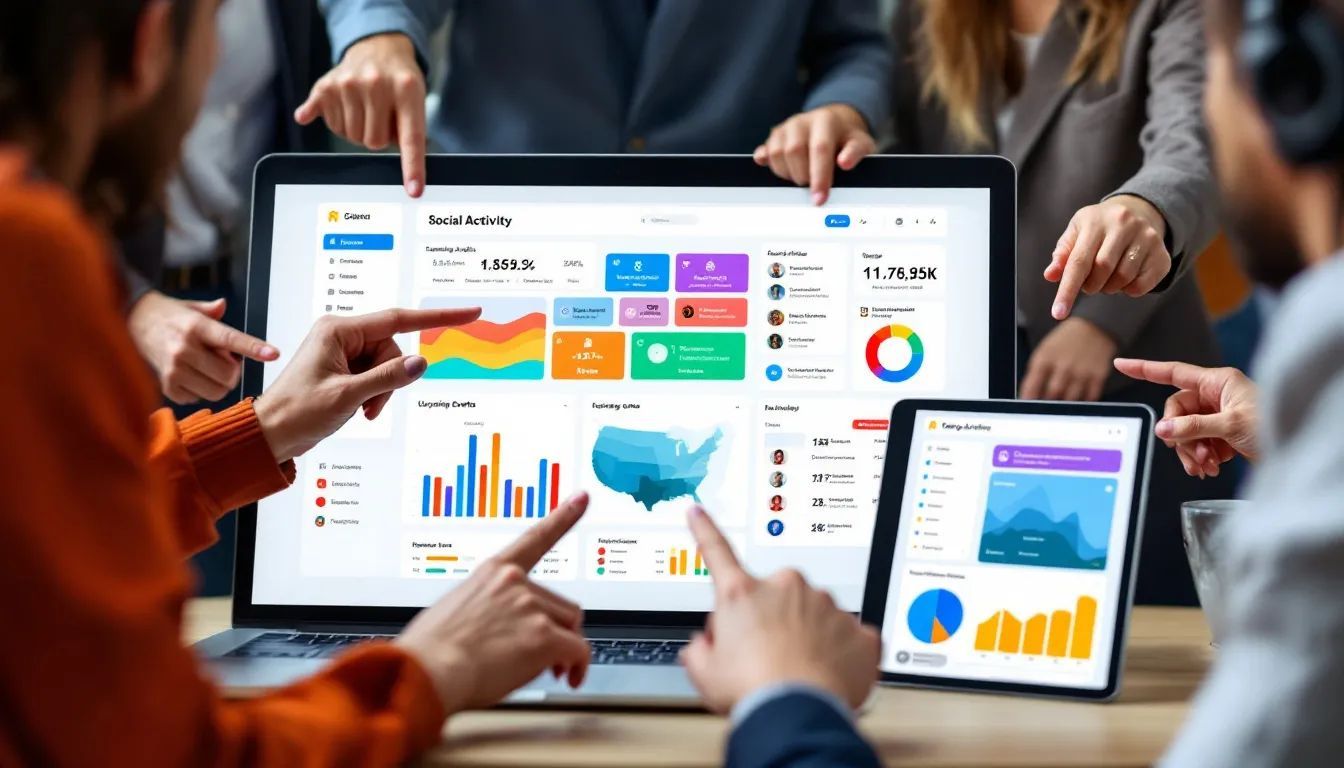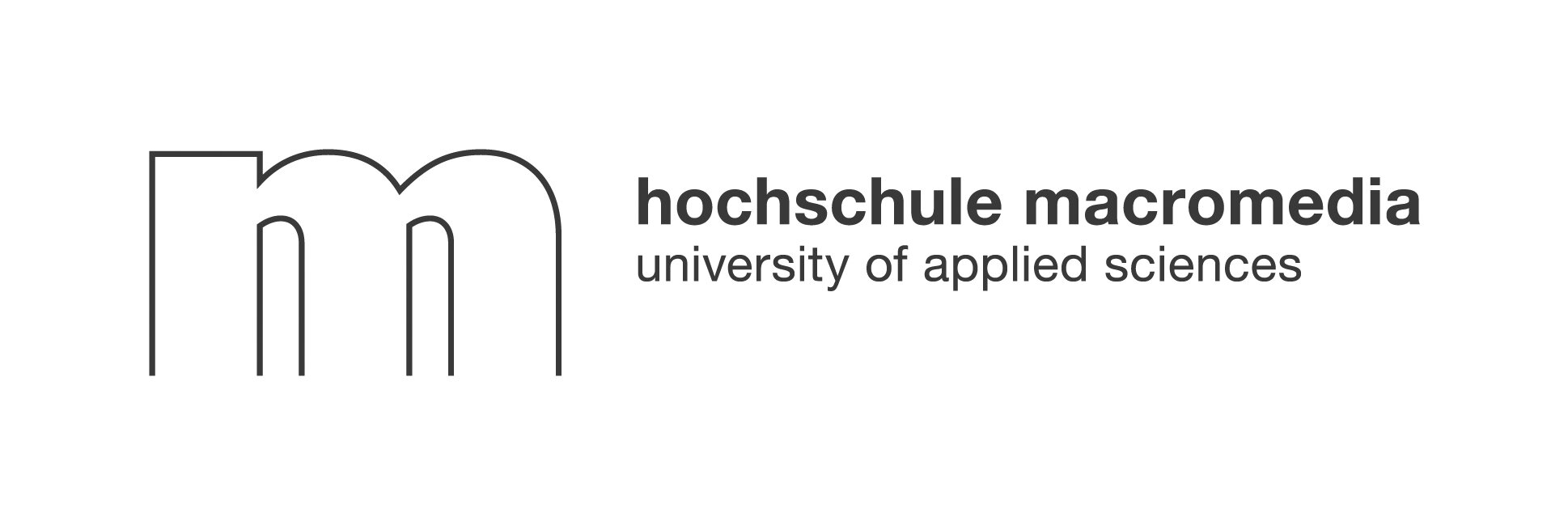With the rapid changes in the corporate world, organizations are increasingly relying on corporate social activity tools to boost engagement, enhance well-being, and foster a vibrant workplace culture. In this guide, we explore how these solutions can drive success and address the challenges of traditional events by embracing a modern, tech-powered approach. This article will explain every aspect of corporate social activity tools while providing practical insights to help you navigate your organization’s journey.
Understanding Corporate Social Activity Tools
Corporate social activity tools help companies design, manage, and optimize initiatives aimed at employee engagement and community impact. They are designed to streamline social activities within organizations and ensure that every social initiative contributes meaningfully to the workplace environment.
What are corporate social activity tools? These are software solutions and platforms used to coordinate social responsibilities, volunteer programs, and informal employee gatherings. They serve as a bridge between corporate objectives and the social needs of employees, creating an environment where everyone can connect authentically.
The role of these tools in modern business strategies is significant. They eliminate the logistical hurdles traditionally associated with event planning. By offering an integrated system that centralizes social events, companies can easily track participation, measure impact, and adjust programs to meet evolving needs. This new approach replaces rigid event structures with flexible, responsive engagement methods.
• They simplify scheduling and coordination.
• They ensure consistency in social outreach.
Effective social engagement is about creating genuine connections without the clutter of cumbersome planning.
By aligning corporate priorities with sophisticated management systems, organizations can seamlessly integrate their social initiatives into everyday operations and empower employees to take part actively.
Key Benefits of Implementing Corporate Social Activity Tools

Corporate social activity tools provide numerous benefits that extend well beyond the superficial planning of employee events. First, these tools significantly boost employee engagement. Instead of one-off, large-scale events, employees have continuous opportunities to interact, share interests, and bond over activities. They encourage informal interactions that can lead to stronger collaboration and better teamwork.
Boosting Employee Engagement
When employees feel connected, productivity improves. Social interaction helps break down hierarchical barriers and fosters a culture of mutual respect. These tools support scheduled micro-events that are intimate and more meaningful than traditional gatherings. For instance, small-group activities like yoga sessions, cycling meetups, or cultural exchanges can be coordinated easily, ensuring that every employee finds an event that resonates with them.
Enhancing Brand Reputation
Companies that invest in employee well-being are seen as progressive and caring. This enhanced image can improve customer loyalty and attract top talent. With integrated analytics, corporate social activity tools enable businesses to report improvements in employee satisfaction and work-life balance—a metric that increasingly defines employer value.
Driving Social Impact
Not only do these tools build internal communities, but they also position businesses as responsible corporate citizens. By linking social activities with community outreach, companies can contribute positively to broader societal goals. Social initiatives designed through these platforms often generate lasting impact.
• They reduce planning friction by automating event organization.
• They foster sustained engagement rather than one-off participation.
• They help create meaningful, organic relationships among team members.
Employee well-being and authentic connections are at the heart of every thriving organization.
In summary, the adoption of corporate social activity tools transforms workplace culture, making the work environment more dynamic, inclusive, and forward-thinking.
Top Features to Look for in Corporate Social Activity Tools
When evaluating corporate social activity tools, several features stand out for their impact on workplace dynamics. A user-friendly interface is paramount. Employees from all backgrounds should feel comfortable navigating the platform without the need for extensive training. A clean, intuitive design helps ensure high adoption rates.
User-Friendly Interface
The platform should feature a layout that simplifies navigation and minimizes distractions. Empirical evidence in employee engagement shows that the ease of use directly influences participation rates. In many cases, companies report that even brief onboarding sessions lead to widespread usage.
Seamless Integration with Existing Systems
Another essential trait is the ability to integrate smoothly with current HR, communication, and scheduling systems. This compatibility reduces the need for duplicate data entry and creates a unified experience across different applications. Connectivity with calendars, messaging apps, and HR systems ensures smooth coordination without disruption.
Robust Analytics and Reporting
Analytics play a crucial role in tracking outcomes. Corporate social activity tools should offer robust dashboards that display data on participation, satisfaction, and overall impact. Detailed reporting enables managers to understand what events work best and where improvements can be made.
Below is a table summarizing these essential features:
These features ensure that corporate social activity tools not only streamline operations but also lay a strong foundation for continuous employee interaction and satisfaction.
Comparing Leading Corporate Social Activity Tools on the Market
With the growing demand for innovative engagement, many solutions have emerged in the corporate social activity realm. Leading tools focus on a balance between functionality, usability, and cost-effectiveness. A comparative analysis of these solutions typically involves an evaluation of interface quality, integration capabilities, and reporting functionalities.
Overview of Popular Tools
Innovative platforms in the market vary significantly in features and pricing. Some emphasize robust analytics, while others provide comprehensive engagement solutions. One trend is the shift away from traditional benefits and event planning toward agile, AI-tailored interactions that cater to smaller groups. This method not only minimizes friction but also creates more authentic connections among participants.
In-depth Comparison of Tool Features
Below is an ordered list of key features that many top-tier corporate social activity tools share:
- Real-time engagement tracking
- Integrated communication modules
- Customizable event settings
Furthermore, another ordered list highlights aspects that differentiate the leading solutions:
- AI-driven matchmaking for event coordination
- Flexible scheduling to suit hybrid and remote teams
- Sophisticated analytics for continuous improvement
A sample table comparing two popular tools is shown below:
Pros and Cons of Each Tool
Some platforms offer unbeatable ease of use, while others provide more extensive customization options. The challenges often revolve around ensuring that these tools can cope with the complexities of modern hybrid workplaces. Pros include increased employee satisfaction and streamlined administration, whereas cons may involve initial setup complexity or learning curves for non-tech-savvy users.
Choosing the right tool is about finding the perfect fit for your company’s unique culture and workflow.
By comparing features and weighing the benefits, organizations can identify the solution that best aligns with their objectives, ensuring long-term success in social engagement.
How to Choose the Right Solution for Your Business
Selecting the ideal corporate social activity tools requires careful assessment of organizational needs and budget considerations. The decision-making process should revolve around how well the tool supports your company’s goals and its overall impact on workplace culture.
Assessing Organizational Needs
Begin by identifying the specific challenges your organization faces—whether it’s low employee engagement, communication barriers, or a transitioning work environment. Look for features that address these issues effectively. In hybrid or remote settings, high usability and seamless integration with existing systems are non-negotiable. Consider the scalability of the platform, ensuring that as your company grows, the tool remains effective.
Budget Considerations and ROI
Financial investment in these tools should be balanced with the expected return on investment. Evaluate the pricing models, factoring in subscription fees, setup costs, and potential training expenses. Look for platforms that offer measurable analytics so you can track improvements in areas like employee participation and overall job satisfaction.
Here is a bullet list summarizing key factors to consider:
• Ease of use and intuitive design.
• Strong integration with current systems.
• Comprehensive analytics to monitor benefits.
Best Practices for Implementation
Successful implementation relies on clear communication and thorough onboarding. Engage employees early, offering demonstrations and soliciting feedback during the trial phase. Create a step-by-step rollout plan that includes scheduled training sessions and regular check-ins. This proactive approach minimizes disruptions and maximizes the tool’s benefits right from the start.
Adopting the right technology can transform your organization’s social fabric.
Investing in corporate social activity tools is not just about technology; it is an investment in your people and the culture you’re building.

Neroia: AI-Driven Micro-Events Transforming Social Engagement
Neroia is revolutionizing workplace culture by leveraging artificial intelligence to foster seamless, organic employee relationships.
In one pilot example, the company replaced cumbersome traditional event planning with agile, AI-tailored interactions to boost participation in micro-events such as yoga sessions and company runs. These events, involving three to four participants, foster authentic connections without the logistical challenges of hybrid disconnection. One critical insight from the pilot was how AI chat-driven coordination minimized friction and improved scheduling efficiency.
In this approach, corporate social activity tools evolve beyond just managing events—they become a strategic asset. For instance, AI recommendations can suggest personalized micro-events based on an individual’s interests and availability. These solutions ensure that every employee feels included and valued, regardless of their work location.
Neroia’s platform is designed with a focus on breaking down silos. It seamlessly integrates with existing systems, ensuring that information flows freely among teams. This cutting-edge strategy, driven by AI, represents the future of innovative, tech-powered workplace bonding. With its commitment to replacing cumbersome event planning, the platform delivers a flexible and adaptable solution for modern businesses.
• AI tailors activities to employee interests.
• Micro-events build authentic, lasting relationships.
• Real-time coordination overcomes the challenges of remote work.
Modern engagement is not about grand events—it’s about genuine, small-scale interactions that build a dynamic community.
Neroia believes that the future rests in agile, personalized social interactions that enhance both well-being and productivity. By focusing on curated micro-events, the platform helps shift the focus from quantity to quality of engagement, ensuring every interaction is meaningful.




